22 Authentic Munich Foods You Need to Taste
Munich's culinary landscape brims with traditional flavors that capture the city's rich gastronomic heritage.
Hearty recipes passed through generations reflect the region's deep-rooted cultural connections to food preparation.
Local ingredients transform simple dishes into extraordinary culinary experiences that tantalize taste buds.
Bavarian cooking represents more than sustenance - it embodies community, celebration, and centuries-old techniques.
Regional specialties showcase a remarkable blend of techniques refined over generations of passionate home cooks and professional chefs.
Distinctive preparations highlight the intricate relationships between ingredients, cooking methods, and cultural traditions.
The unique approach to Munich's classic foods demonstrates how cuisine connects people through shared memories and sensory experiences.
These 22 classic Munich foods will transport you directly to the heart of Bavarian culinary excellence:
Classic Munich Foods You Need to Taste
Beer gardens and festival tents are home to Munich’s classic bites. Dishes are hearty, flavorful, and made to bring people together.
Weiwurste
Weisswurst are traditional Bavarian sausages crafted from minced veal and pork belly with a distinctive white color and mild flavor.
Munich butcher Sepp Moser accidentally created these unique sausages in 1857 when he ran out of thick sausage casings and used thin ones instead.
Concerned about potential bursting during cooking, he boiled the sausages in hot water for 10 minutes, which became the standard preparation method.
Germans typically enjoy weisswurst for breakfast, accompanied by sweet mustard and freshly baked pretzels.
Authentic preparation requires consuming these sausages before noon, following a long-standing Bavarian culinary tradition.
Served in pairs, weisswurst are gently heated without frying to maintain their delicate texture.
Typically, diners remove the skin before eating and pair the sausages with wheat beer.
Regional restaurants and street vendors across Bavaria continue to celebrate this beloved breakfast specialty that emerged from a creative cooking solution.
Spanferkel
Spanferkel radiates culinary excellence as a traditional German roasted whole piglet prepared for special celebrations.
German regions celebrate this festive dish by roasting young pigs either entirely or in sections using ovens or spits.
Meat lovers savor the crispy skin and tender meat achieved through careful seasoning and precise cooking techniques.
Butter and oil frequently enhance the pig's exterior during roasting to create additional flavor and crispness.
Germans typically serve spanferkel with complementary vegetable sides and fresh salads during important gatherings.
Festive events like weddings, birthdays, and community festivals often feature this iconic roasted piglet as a centerpiece.
Family and friends gather around this succulent dish to enjoy its rich flavors and cultural significance.
Pretzel (Brezel)
Pretzels dominate German bakery traditions as twisted bread loops symbolizing cultural culinary excellence through their distinctive knotted shape and unique preparation method.
Bavarian laugenbrezel distinguishes itself with a signature brown crispy exterior surrounding soft inner dough created by dipping raw pretzel in lye solution before baking.
German bakers craft these special breads using simple ingredients like flour, salt, malt, yeast, and water carefully mixed into a smooth dough.
Traditional techniques involve hand-shaping the dough into characteristic twisted loops with signature crossed ends.
Baking processes transform raw ingredients into golden-brown treats enjoyed across Germany and worldwide.
Salt sprinklings enhance the pretzel's complex flavor profile and textural contrast.
Bakeries produce multiple sizes ranging from small snack versions to large meal-sized pretzels served with traditional accompaniments.
Bayerische Breze
Bavarian pretzels symbolize folded prayer arms and represent a quintessential German snack with deep cultural roots.
Their distinctive dark brown, shiny crust features a cracked surface that contrasts beautifully with the soft, light-colored interior.
Unlike Swabian versions, these pretzels are thicker and remain unsliced along their length.
Bakers craft them in various regional shapes, showcasing local traditions.
Salt sprinkled across the top adds a savory crunch to the bread's exterior.
Butter or cheese can enhance their already rich flavor profile.
Germans enjoy these pretzels as a quick, satisfying snack throughout the day.
Bakeries across Bavaria pride themselves on perfecting this classic bread's unique texture and appearance.
Schweinshaxe
Schweinshaxe is a mouthwatering Bavarian roasted pork knuckle with crackling skin that transforms simple ingredients into a culinary masterpiece.
German restaurants serve this hearty dish as a centerpiece of traditional southern cuisine, often accompanied by potato dumplings and sauerkraut.
Northern Germans prefer Eisbein, a cured and boiled version of the pork knuckle.
Oktoberfest celebrations prominently feature Schweinshaxe as a signature menu item.
Beer gardens and festive events showcase this crispy-skinned delicacy that requires slow roasting for several hours.
Rich, golden-brown meat falls off the bone, creating an irresistible dining experience.
Bavarian kitchens pride themselves on perfecting this classic German specialty that connects generations through its robust flavors.
Schweinebraten
Schweinebraten is a succulent Bavarian pork roast celebrated for its tender meat and rich flavors.
German families traditionally prepare this hearty dish for Sunday lunch, using boneless pork shoulder as the prime cut.
Cooks rub the meat with mustard, marjoram, and minced garlic to enhance its taste before slow roasting.
Perfectly cooked schweinebraten features juicy, melt-in-your-mouth meat with a crispy exterior.
Homemade gravy accompanies the roast, complemented by classic German side dishes like semmelknodel (bread dumplings) or potato dumplings.
Sauerkraut or rotkohl (red cabbage) often complete the plate, adding tangy and complementary flavors.
Generations of Bavarian families have treasured this recipe, passing it down through time.
Each bite reflects the warmth and comfort of traditional German home cooking.
Bratwurst
Bratwurst represents a quintessential German sausage crafted from ground meat, originally designed to preserve protein during harsh winters.
Germans transformed meat preservation into a beloved culinary tradition dating back to the 1300s in Eastern Germany.
Celtics first introduced the concept, but Franconians refined the technique of creating these flavorful sausages.
Derived from Old High German words "brat" (meaning meat without waste) and "wurst" (sausage), bratwurst emerged as a practical solution for farmers.
Traditional breakfast consumption stemmed from morning preparation and quick consumption before meat could spoil.
Grilling remains the most popular cooking method, enhancing the sausage's rich flavor profile.
Modern bratwurst has transcended its survival origins to become a global culinary favorite enjoyed in numerous countries.
Semmelknodel
Semmelknodel are classic German bread dumplings that define comfort food through their versatile, simple preparation using stale bread as the primary ingredient.
Bavarian kitchens transform old bread into soft, round spheres by soaking bread pieces in milk and binding them with eggs and herbs.
German families traditionally serve these dumplings alongside hearty meat dishes like roast pork or beef.
Skilled home cooks create multiple variations by adding chopped parsley, onions, or specific spices to enhance flavor profiles.
Restaurants across southern Germany feature semmelknodel as a staple side dish in traditional menus.
Bread quality significantly impacts the dumpling's texture and taste, with day-old white bread working best.
Regional differences exist in preparation methods and accompanying sauces.
Stollen
Stollen are iconic German Christmas breads bursting with festive flavors and rich culinary heritage, originating in Dresden during the 15th century as a simple flour-based treat.
Medieval bakers initially crafted this oblong bread with basic ingredients like flour, yeast, and oil, forbidden from using butter during Advent until Pope Innocent VIII lifted restrictions in 1490.
Dresdner stollen emerged as the most celebrated version, transforming from a plain pastry into a luxurious dessert packed with dried fruits, marzipan, and warm spices.
Bakers create this traditional bread using a buttery, sweet yeast dough generously enhanced with lemon flavoring and various dried fruits.
Melted butter and powdered sugar coat the exterior, giving stollen its signature festive appearance.
Multiple regional variations exist across Germany, each offering unique ingredient combinations.
Generations have cherished this Christmas specialty as a symbol of winter celebration and cultural tradition.
Kasespatzle
Kasespatzle are traditional German-Austrian handmade egg noodles generously layered with melted cheese and topped with caramelized onions.
Originating in southwestern Germany, these small, button-shaped noodles combine simple ingredients like eggs, flour, and milk pressed through a special spoon into boiling water.
Authentic recipes typically use multiple cheese varieties such as Emmental, Gruyere, and Appenzeller for rich, complex flavor profiles.
Traditional side dishes like apple sauce or potato salad complement the hearty main course.
Most families have their own unique recipe passed through generations.
Restaurants throughout Germany and Austria serve this comforting classic as a beloved comfort food.
Baumkuchen
Baumkuchen are multilayered German spit cakes featuring distinctive wood-ring-like patterns created through a meticulous rotating spit baking technique.
German bakers craft these intricate desserts by carefully spreading thin layers of butter-based batter onto a rotating horizontal spit over open heat.
Traditional ingredients include flour, eggs, sugar, vanilla, salt, and butter, which transform into delicate golden-brown rings during precise cooking.
Each layer must completely dry before adding the next, resulting in a unique cake with concentric circles resembling tree trunk growth rings.
Historic origins trace back to 19th-century Salzwedel, Germany, with potential Hungarian wedding cake influences.
Skilled artisans create these cakes through time-consuming processes requiring exceptional technique and patience.
Professional pastry makers often cover the exterior with chocolate for added richness and visual appeal.
European bakeries continue this complex baking tradition, celebrating the cake's architectural beauty and technical complexity.
Dampfnudeln
Dampfnudeln are iconic German yeast dough dumplings steamed and fried to create a unique culinary experience with a crispy golden bottom and pillowy soft top.
German home cooks traditionally prepare these versatile treats in both savory and sweet variations across southern regions like Bavaria and Palatinate.
Salt water steaming creates a hearty main course version often served alongside thick potato soup.
Sweet variations feature fruit jam fillings paired with creamy vanilla custard or fruity compotes.
Regional differences highlight subtle preparation techniques passed through generations.
Butter plays a crucial role in developing the signature caramelized crust during the final frying stage.
Home kitchens transform simple ingredients into a comforting meal celebrating German bread-making traditions.
These dumplings represent a perfect balance between steaming and frying techniques that produce an irresistible texture and flavor profile.
Leberkase
Leberkase blends finely ground pork, beef, and bacon into a smooth Bavarian meatloaf with a signature crispy exterior and tender pink center.
German butchers carefully mix and bake meat in rectangular loaves, creating a versatile dish enjoyed hot or cold.
Mustard and fresh bread complement its rich flavor profile perfectly.
Slicing and pan-frying transforms the meatloaf into a quick street food snack popular across southern Germany.
Authentic recipes originate from Bavaria and Austria, where it remains a staple comfort food.
Munchner Schnitzel
Munchner schnitzel represents a classic Bavarian twist on traditional Wiener schnitzel, featuring veal cutlets enhanced with a distinctive sweet mustard and horseradish blend.
Munich's signature dish starts with tender veal pounded thin and carefully prepared with a unique flavor profile.
Chefs brush the meat with a zesty mixture of sweet mustard and sharp horseradish before coating it in flour, eggs, and crispy breadcrumbs.
Butter frying transforms the cutlet into a golden, crunchy masterpiece with rich, complex flavors.
German restaurants often serve the schnitzel with traditional sides like potato salad or crisp green salad.
Bavaria takes pride in this culinary creation that balances tangy condiments with perfectly fried meat.
Regional ingredients and careful preparation make the dish a true Munich specialty.
German diners enjoy this crispy, flavorful meat preparation as a beloved comfort food throughout southern Germany.
Kartoffelsuppe
Kartoffelsuppe is a hearty German potato soup celebrated for its rich, creamy texture and deep comfort-food roots in Baden regional cuisine.
Germany's beloved winter soup combines smooth mashed potatoes with classic ingredients like sweet onions, tender celery, and smooth milk or cream.
Traditional recipes often include crispy bacon bits or sausage pieces for added flavor and protein.
Seasonal variations emerge during harvest time, when families frequently pair the soup with traditional plum cake.
Regional differences influence specific ingredient combinations across German households.
Butter and fresh herbs enhance the soup's depth and aroma.
Generations have treasured this simple yet satisfying meal as a staple of cold-weather nourishment.
Sauerbraten
Sauerbraten electrifies German cuisine as a mouthwatering pot roast that transforms tough beef cuts into a tender, flavor-packed masterpiece.
Marinating beef for several days in red wine, vinegar, and aromatic spices ensures maximum tenderness and complex taste profiles.
Traditional recipes typically use chuck or bottom round cuts, which absorb the robust marinade beautifully.
German home kitchens often slow-cook the meat until it becomes incredibly soft and succulent.
Distinctive pickling spices like cloves, bay leaves, and peppercorns provide depth and sharpness to the dish.
Gingersnap cookies frequently act as a secret thickening agent for the rich gravy.
Restaurants and families across Germany serve sauerbraten with potato dumplings or spätzle noodles.
Schaufele
Schaufele represents a classic Bavarian pork shoulder specialty marinated in rich spices and slowly roasted until the meat becomes incredibly tender and crispy.
German butchers carefully select premium pig shoulders for this traditional dish, ensuring maximum flavor and texture.
Skilled cooks season the pork with classic ingredients like caraway seeds, garlic, and black pepper.
Roasting occurs at low temperatures to guarantee succulent results and develop deep caramelized edges.
Root vegetables often accompany the main protein, creating a complete meal with complementary flavors.
Side dishes like potato dumplings or sauerkraut frequently complete this hearty German meal.
Obazda
Obazda is a creamy Bavarian cheese spread that ingeniously transforms ripened soft cheeses into a flavorful delicacy.
German beer gardens and traditional pubs first popularized this savory mixture in the 1920s through Katharina Eisenreich's innovative recipe.
Butter and paprika form the base of this rich spread, typically combining Camembert and Brie with optional cheeses like Romadur or Limburger.
Caraway seeds, chopped onions, and fresh herbs enhance its complex flavor profile.
Restaurants and home cooks across Bavaria serve obazda as a classic appetizer or beer accompaniment.
The spread pairs perfectly with pretzels, dark bread, and crisp lager.
Eisenreich's creation remains a beloved staple of Bavarian culinary tradition.
Kartoffelsalat
Kartoffelsalat embodies Southern Germany's culinary heritage as a warm potato salad bursting with tangy flavors and simple ingredients.
Swabian tradition demands boiled potatoes sliced and mixed with chopped onions, beef broth, white vinegar, oil, mild German mustard, sugar, and pepper.
Skilled home cooks carefully select each component to ensure maximum taste complexity.
Fresh chives crown the dish, adding visual appeal and subtle herbal notes.
German sausages often accompany this classic side dish during meals.
Beef broth remains the most authentic stock choice, though chicken or vegetable alternatives work well.
Interestingly, the salad's flavor deepens when prepared a day in advance.
Kartoffelkloe
Kartoffelkloe are traditional German potato dumplings savored across Germany, particularly in Bavaria, Thuringia, and the Rhineland.
Germans craft these doughy spheres using cooked, raw, or mixed potato varieties combined with eggs, potato starch, cornstarch, or flour.
Herbs like chives and parsley enhance the dumpling's flavor profile.
Some regional variations include exciting fillings such as croutons, sauerkraut, or ham.
Thuringer kloe represents a specific version featuring raw and cooked potato mixtures with toasted bread cube centers.
Cooks typically simmer these round dumplings in salted water, though some prefer pan-searing them in butter for extra richness.
Regional ingredients and preparation methods create subtle differences in taste and texture.
Each kartoffelkloe serves as a comforting side dish reflecting Germany's rich culinary heritage.
Bayerische Brezensuppe
Bayerische brezensuppe originates from Bavaria, Germany, as a resourceful peasant dish transforming stale pretzels into a comforting broth-based soup.
Pretzels create a unique texture and rich flavor when simmered in warm chicken or vegetable stock.
German bakers traditionally use day-old pretzels to prevent food waste and enhance the soup's depth.
Butter, onions, and herbs like parsley often enhance the soup's complexity and warmth.
Salt and pepper season the broth, while some recipes include cream for additional richness.
Munich and other Bavarian regions consider brezensuppe a nostalgic winter comfort food.
Saure Zipfel
Saure zipfel are zesty Franconian winter sausages simmered in a vinegar-based broth bursting with complex spices like juniper berries, pepper, and mustard seeds.
German culinary traditions transform simple bratwurst into a tangy comfort meal through careful slow-cooking techniques.
Onions and carrots contribute depth to the sharp-flavored liquid, which gains additional complexity from a splash of white wine.
Tender sausages absorb the intense broth, creating a robust flavor profile that warms cold winter days.
Brown bread or pretzel buns serve as perfect accompaniments for soaking up the aromatic sauce.
Each ingredient plays a crucial role in balancing the dish's signature sour taste.
Translated as "sour ends," saure zipfel highlights the sharp vinegar notes that define its character.
Regional Franconian cooking methods ensure this dish remains a beloved winter staple across Germany.
How Do Bavarian Food Traditions Differ from the Rest of Germany?
Bavarian cuisine stands out within Germany due to its unique ingredients, preparation methods, and cultural influences that reflect the region’s history and lifestyle:

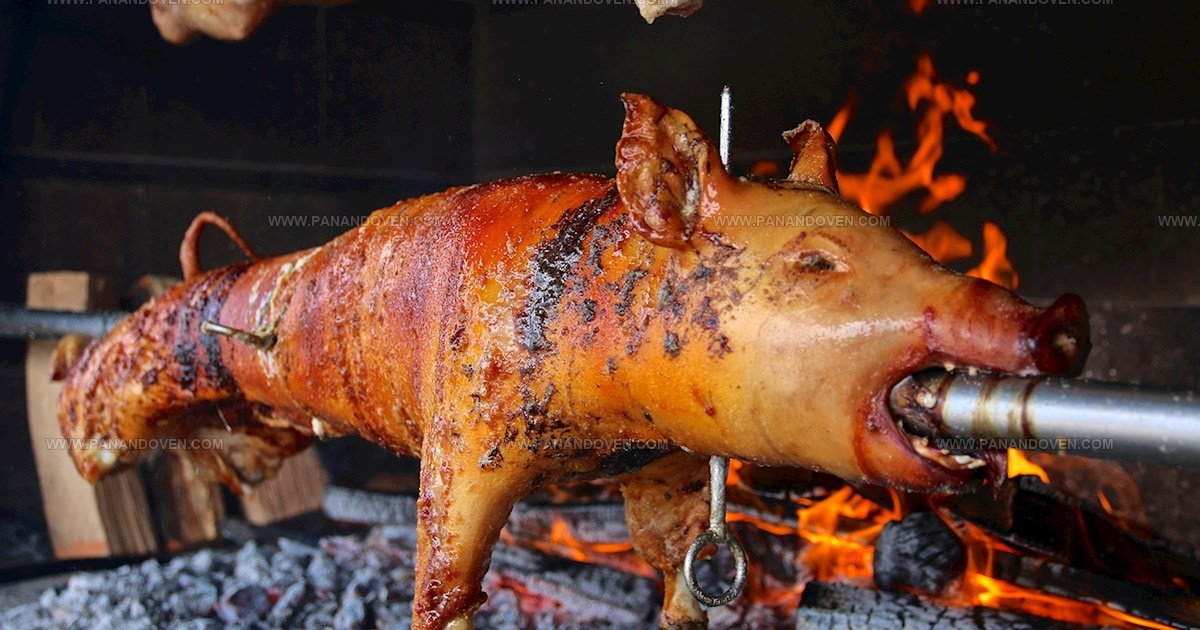
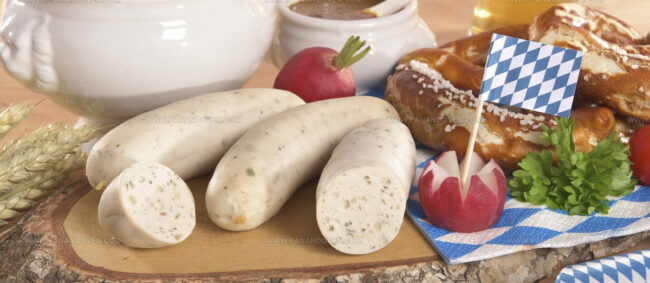
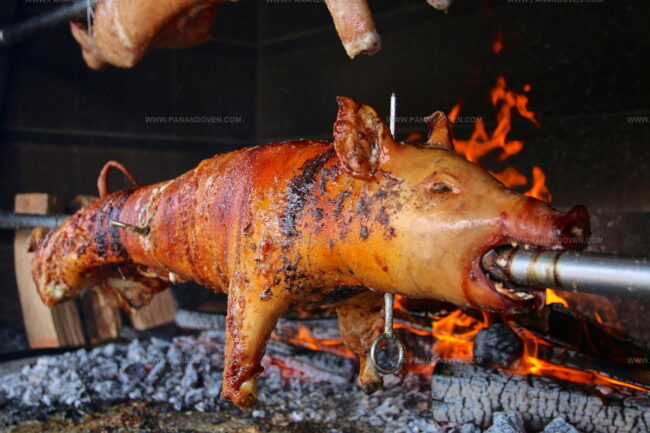
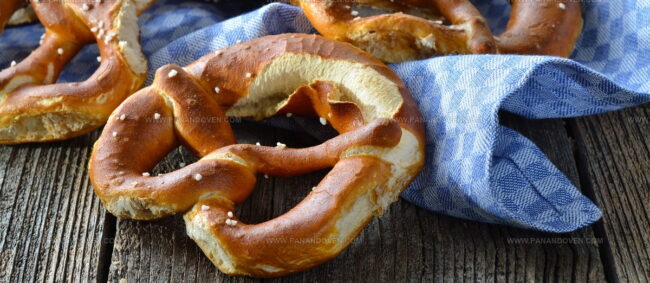
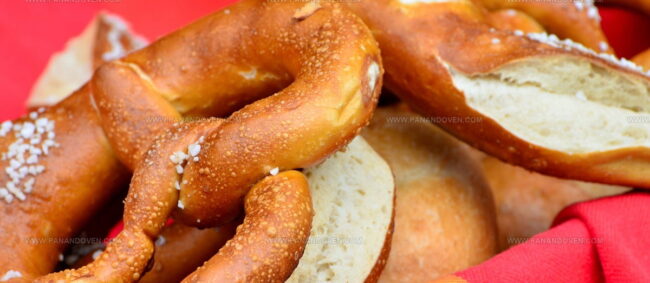
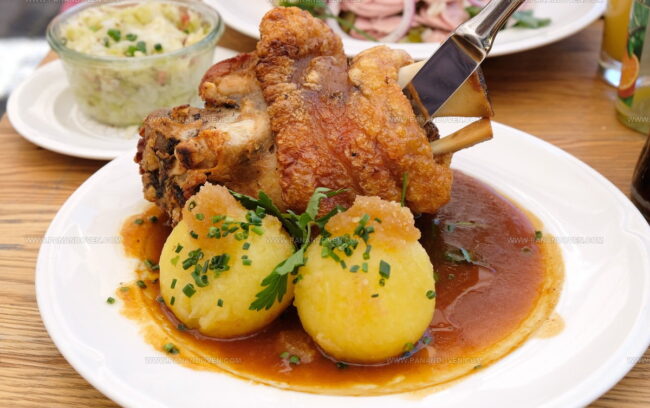
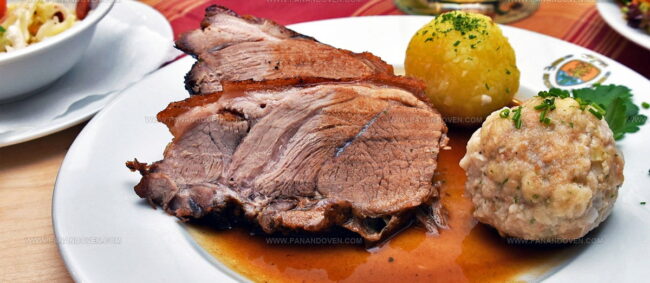
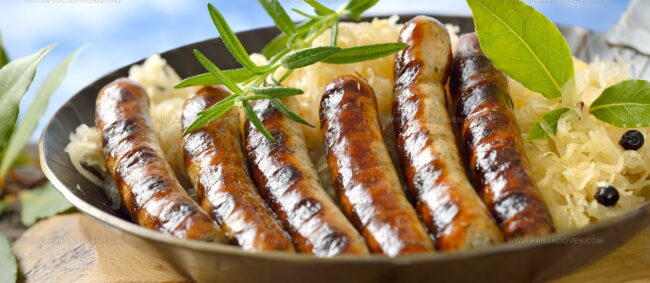
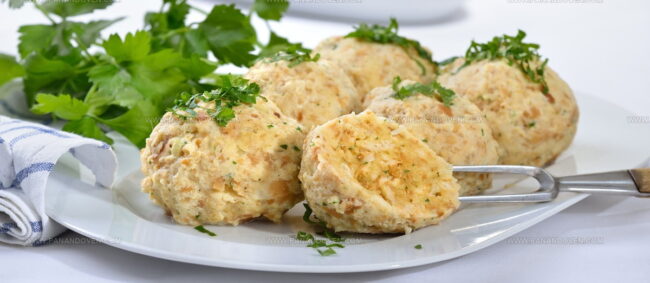
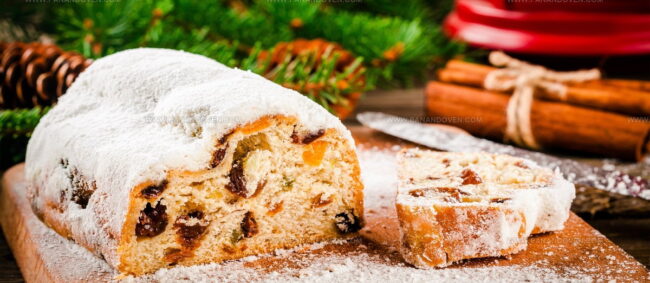
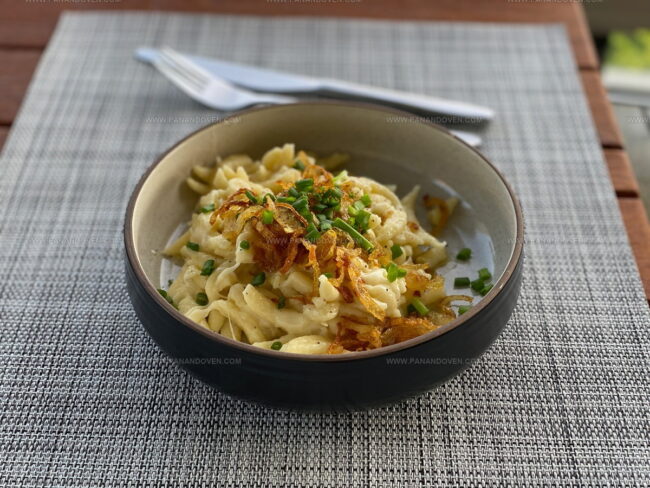
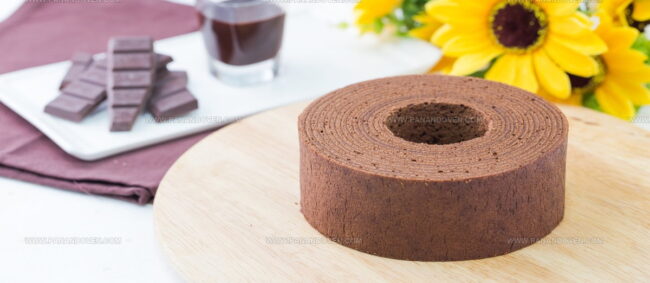
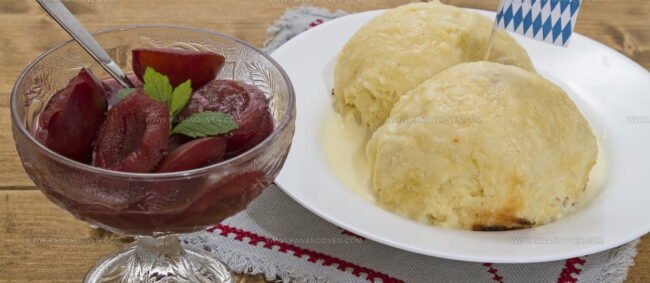
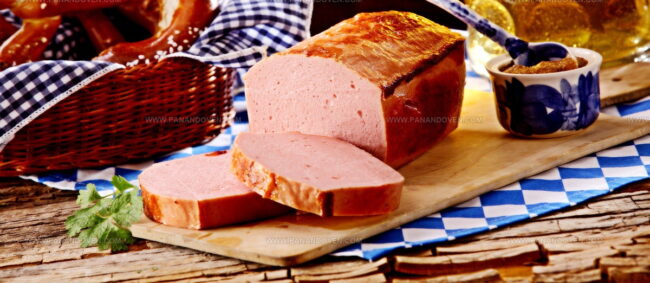
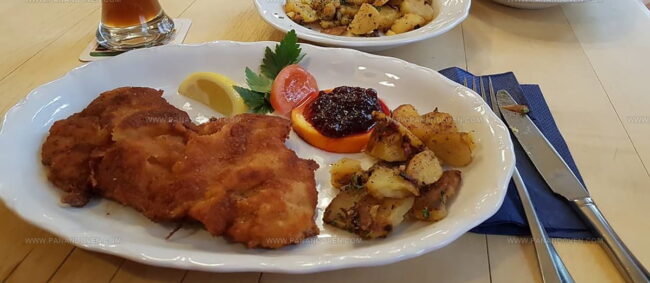
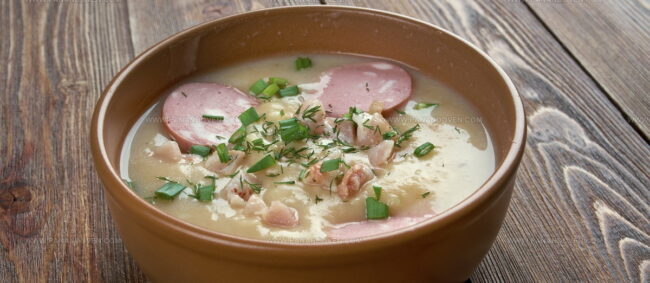
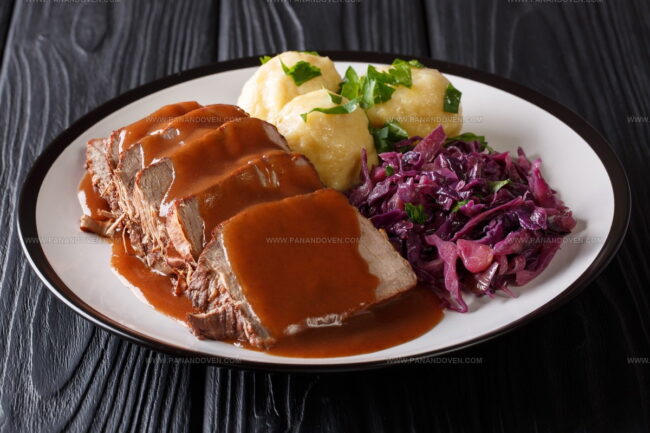
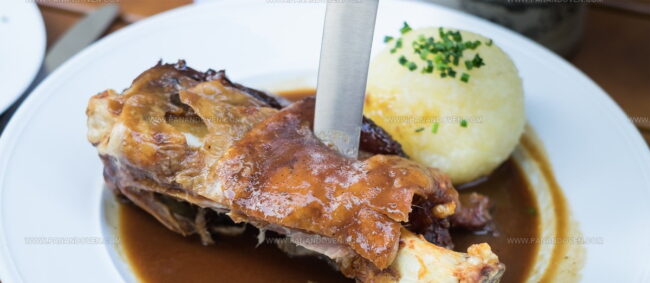
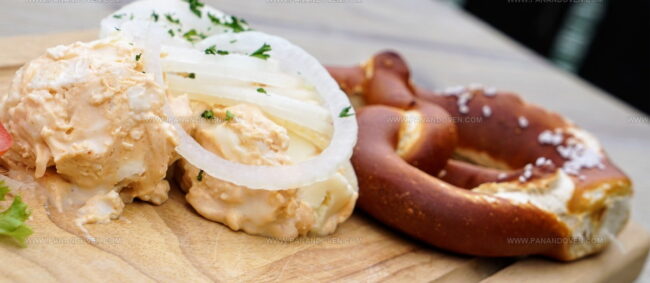
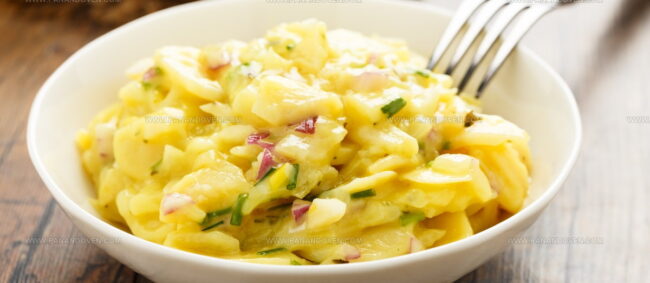
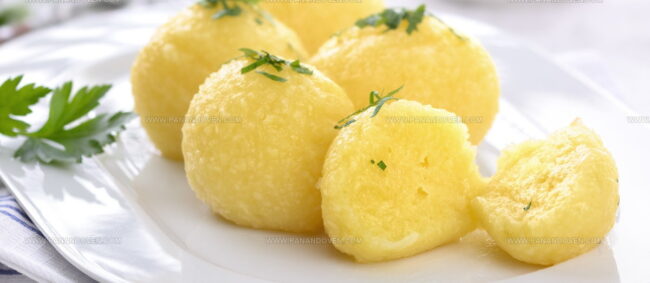
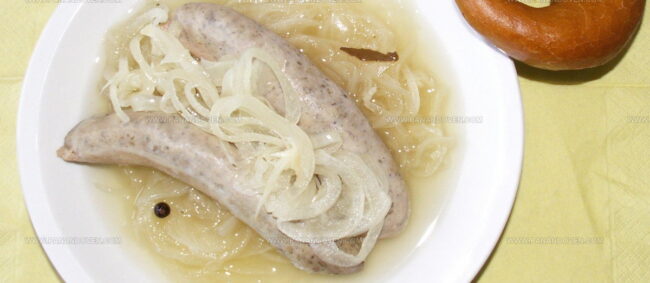
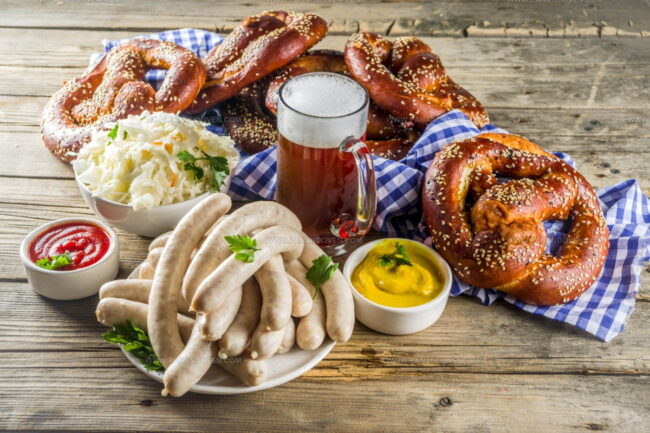
Clara Thompson
Recipe Developer & Food Educator
Expertise
Plant-based and vegetarian recipe development, Nutritional analysis and meal planning, Culinary education and workshop facilitation, Content writing with a focus on healthy living
Education
Diploma in Culinary Arts, Mt. San Jacinto College, CA
Focus: Comprehensive culinary training with an emphasis on sustainable cooking practices.
Certificate in Nutrition and Healthy Living, Cornell University (Online Program)
Focus: Understanding the principles of nutrition to create balanced and health-conscious recipes.
Clara lives where fresh ideas and fresh ingredients meet. She pairs her culinary know-how with her passion for healthy, planet-friendly cooking.
For Clara, good food should taste great, nourish your body, and feel easy to make. Her recipes highlight whole foods, colorful produce, and a deep respect for seasonal eating.